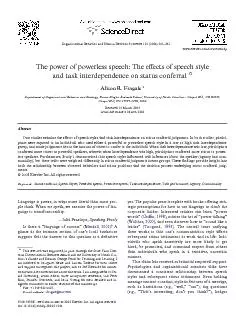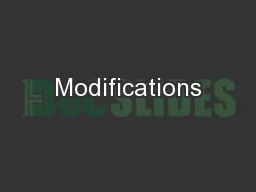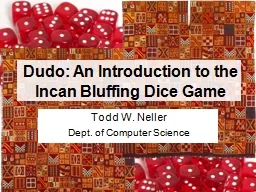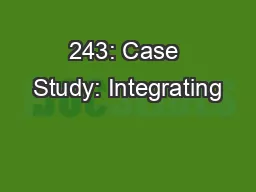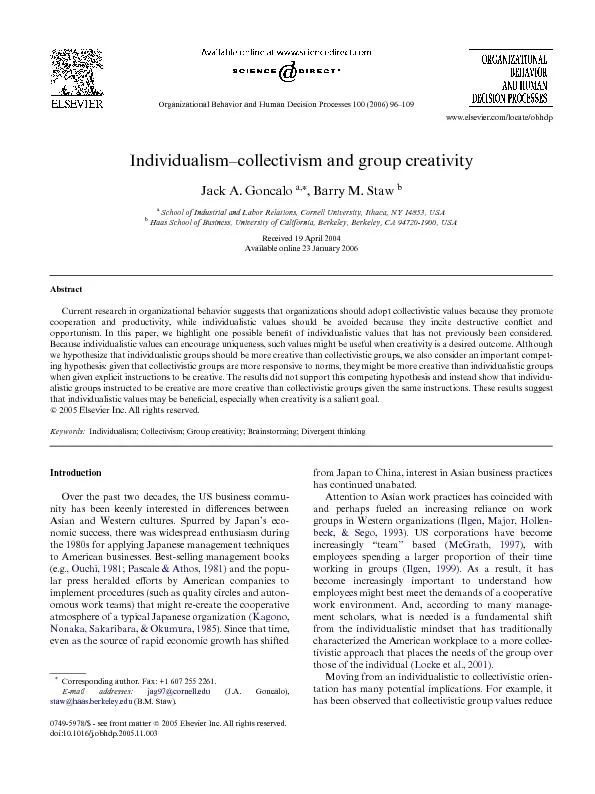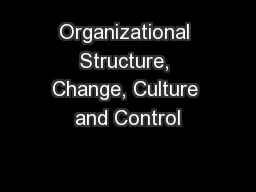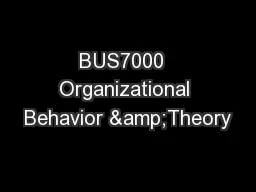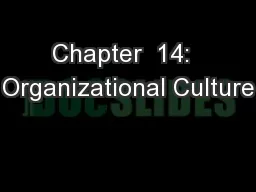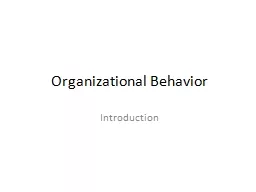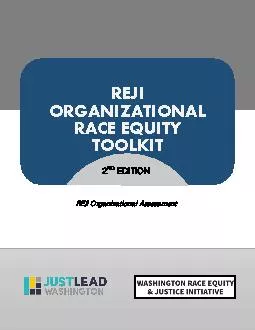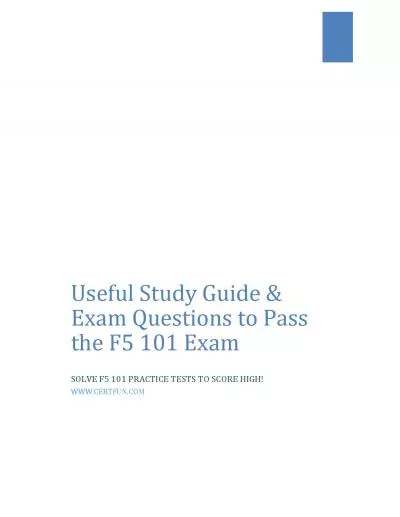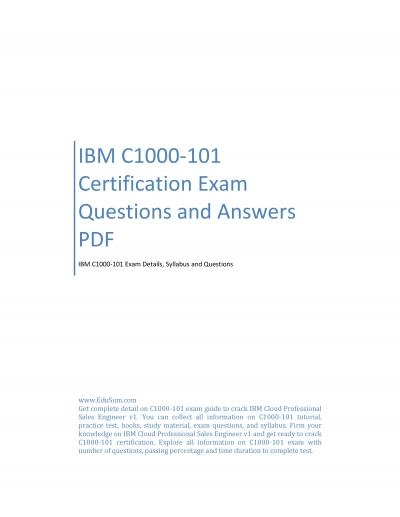PDF-Organizational Behavior and Human Decision Processes 101 (2006) 243
Author : phoebe-click | Published Date : 2015-09-29
The power of powerless speech The eects of speech style and task interdependence on status conferralAlison R Fragale AbstractTwo studies examine the eects of speech
Presentation Embed Code
Download Presentation
Download Presentation The PPT/PDF document "Organizational Behavior and Human Decisi..." is the property of its rightful owner. Permission is granted to download and print the materials on this website for personal, non-commercial use only, and to display it on your personal computer provided you do not modify the materials and that you retain all copyright notices contained in the materials. By downloading content from our website, you accept the terms of this agreement.
Organizational Behavior and Human Decision Processes 101 (2006) 243: Transcript
Download Rules Of Document
"Organizational Behavior and Human Decision Processes 101 (2006) 243"The content belongs to its owner. You may download and print it for personal use, without modification, and keep all copyright notices. By downloading, you agree to these terms.
Related Documents

